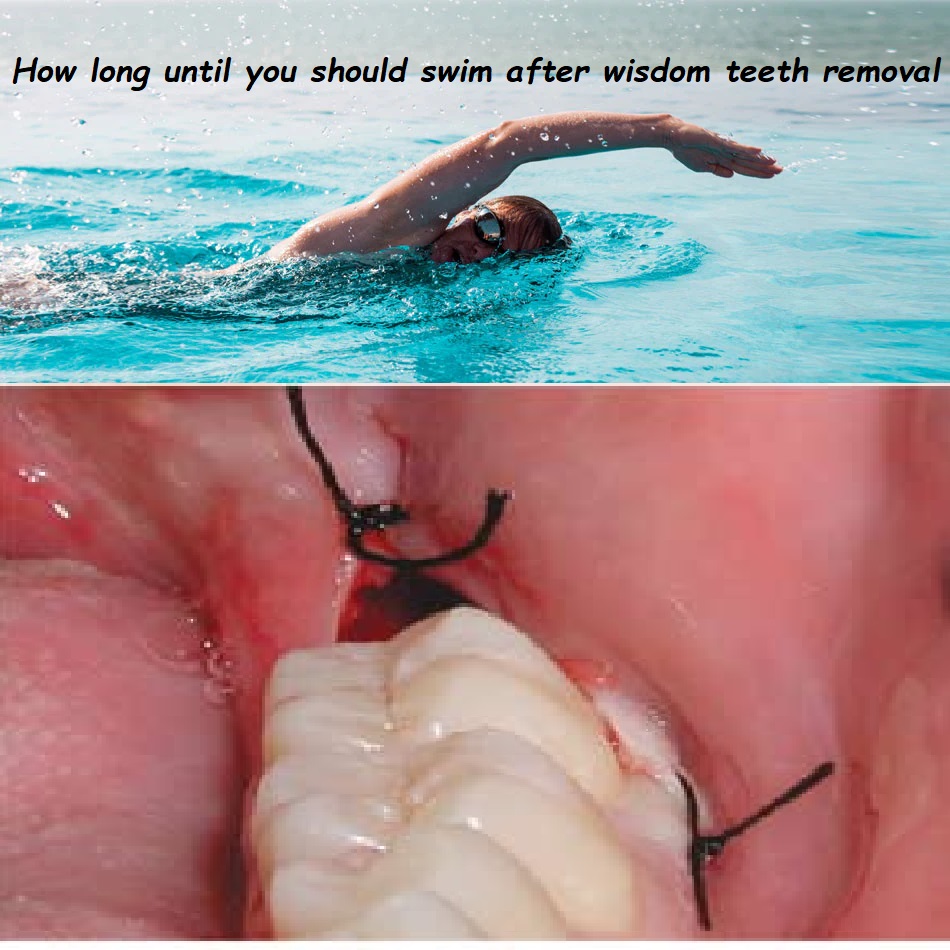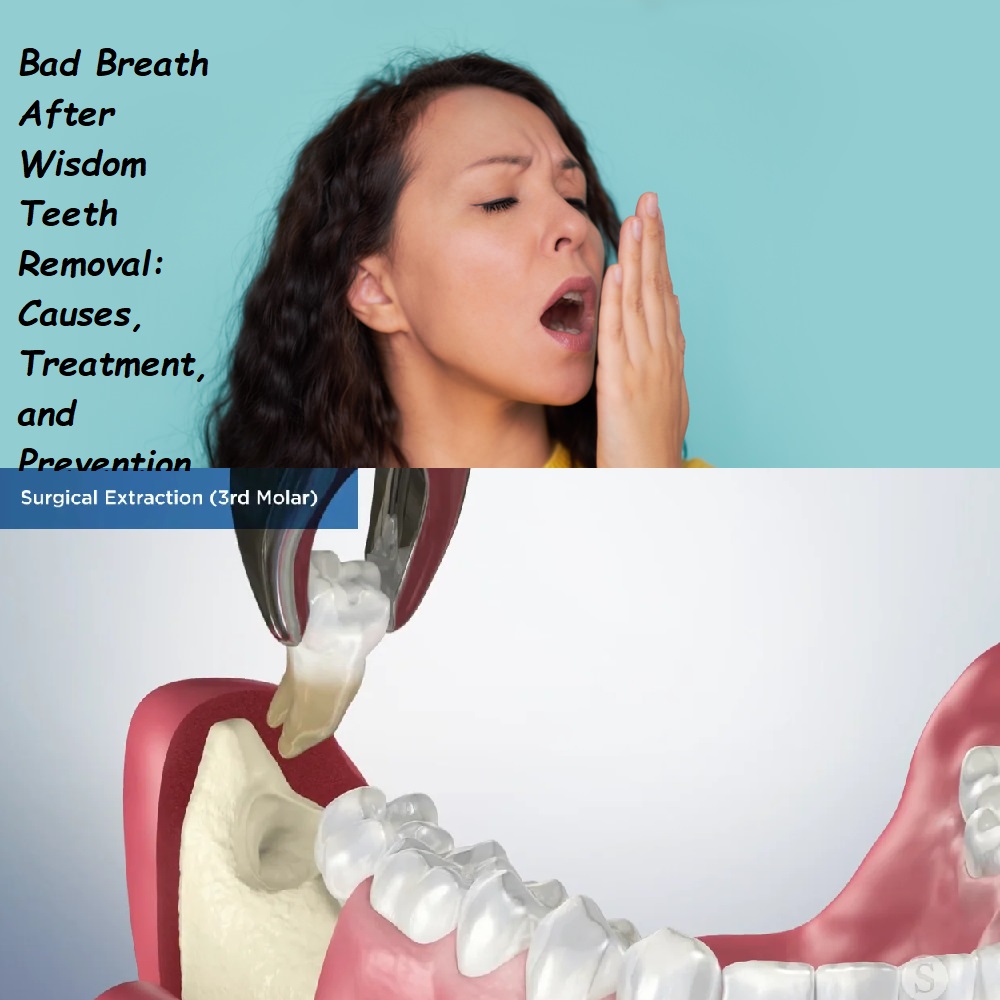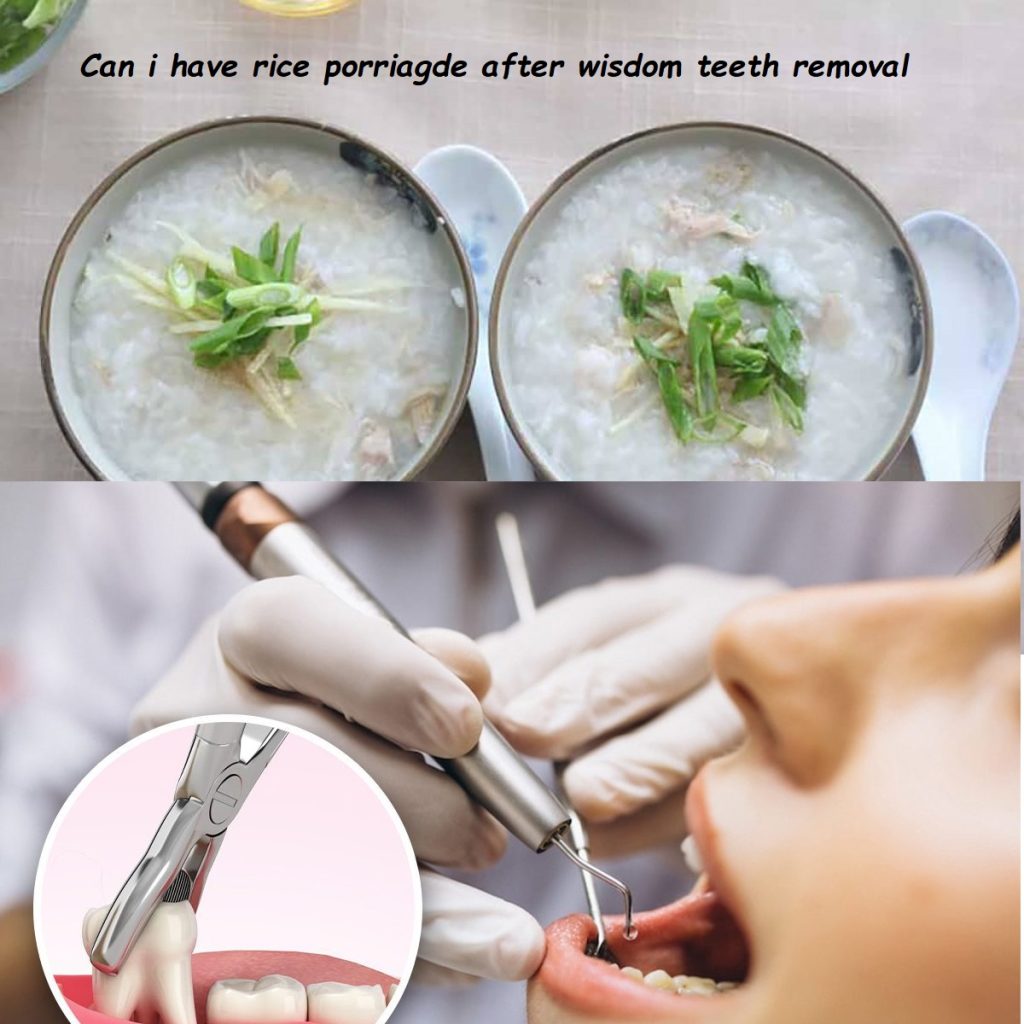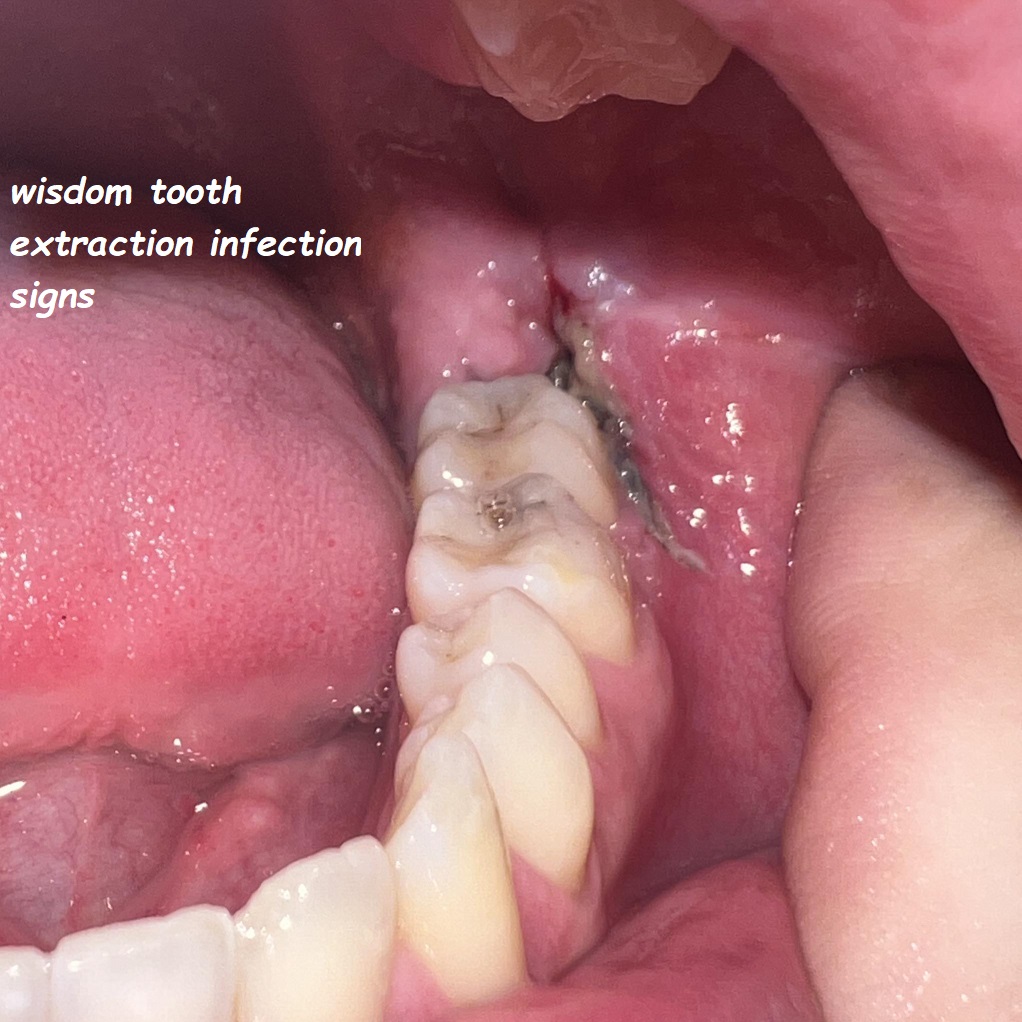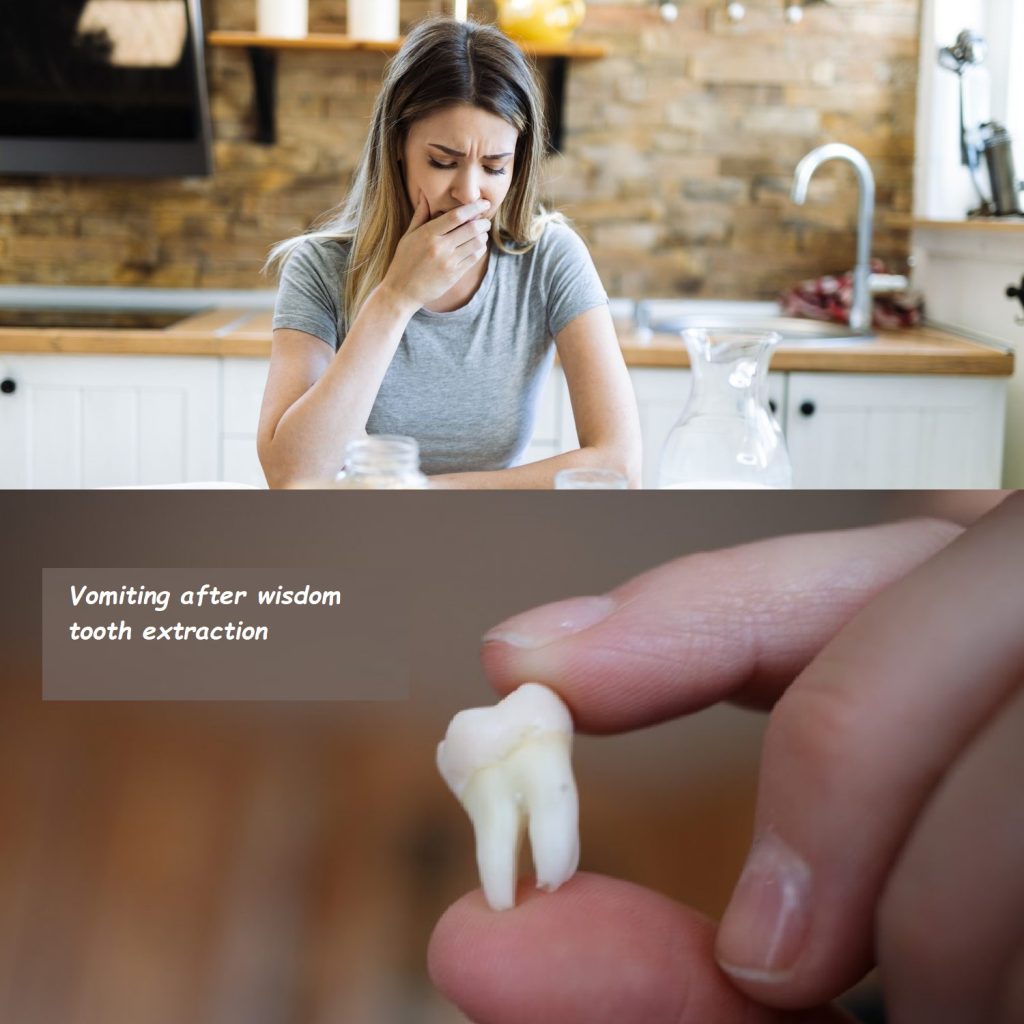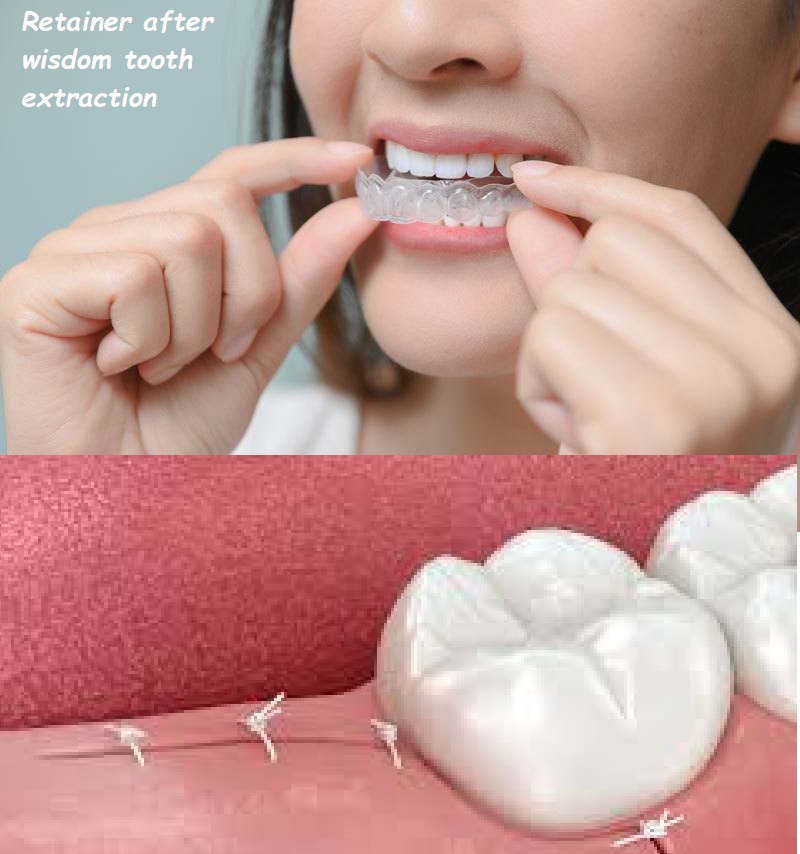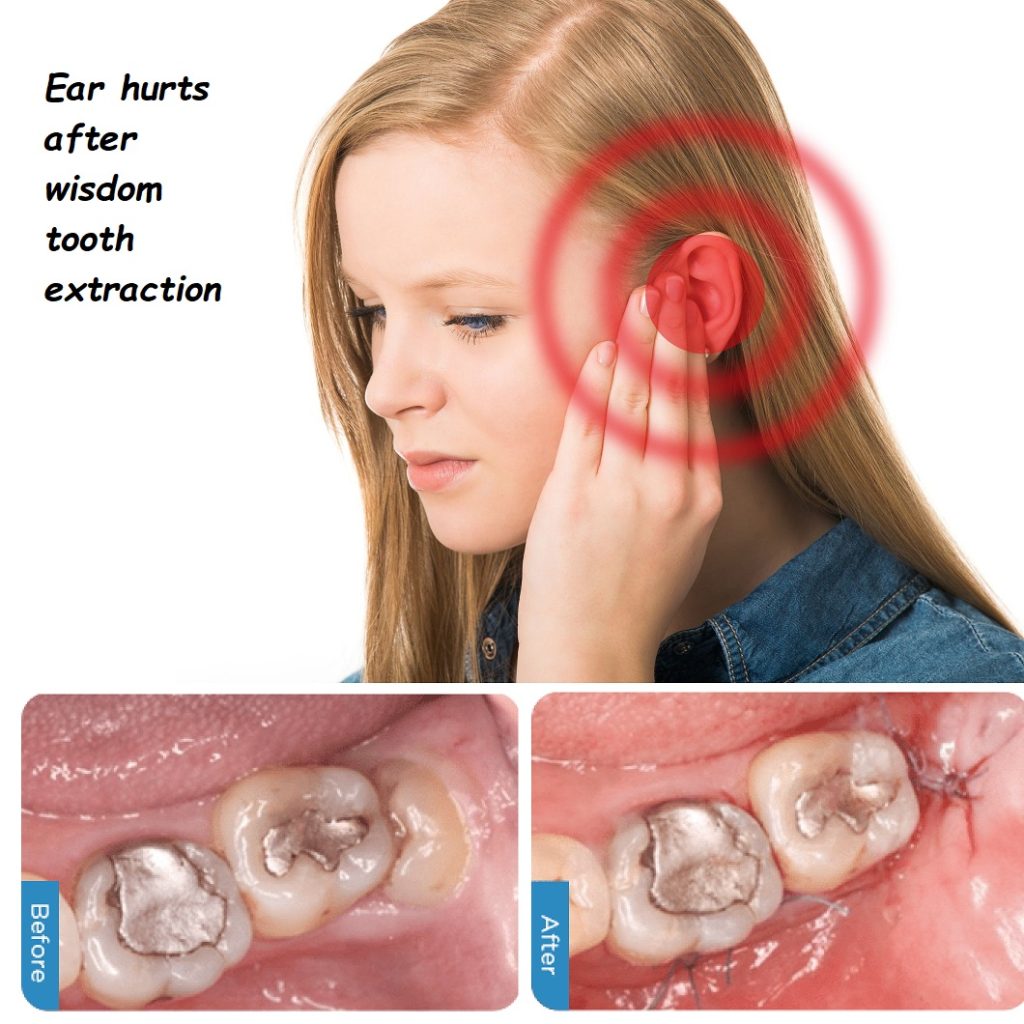When can i eat pickles after wisdom teeth removal

When Can I Eat Pickles After Wisdom Teeth Removal? A Guide to Post-Surgery Eating
After wisdom teeth removal, one of the biggest questions on your mind might be, “When can I eat my favorite foods again?” If pickles are on your list of cravings, you may be wondering when it’s safe to enjoy these tangy treats after surgery. Eating the right foods at the right time is crucial for a smooth recovery, so it’s important to know when certain foods, like pickles, can be reintroduced into your diet. In this guide, we’ll explore when you can safely eat pickles after wisdom teeth removal, why it’s important to be cautious, and how to make your recovery as comfortable as possible.
The Recovery Timeline After Wisdom Teeth Removal
Understanding the general recovery timeline after wisdom teeth removal will help you determine when it’s safe to start eating more challenging foods like pickles. Here’s what typically happens during the recovery process:
Day 1: The Day of Surgery
- Diet: Right after surgery, you’ll need to stick to soft, cold foods like yogurt, applesauce, and ice cream. Avoid hot foods, crunchy textures, and anything that requires chewing. This helps prevent irritation to the surgical site and reduces the risk of dislodging the blood clot that forms in the socket, which could lead to a painful condition called dry socket.
- Pain and Swelling: You’ll likely experience some numbness, pain, and swelling, so it’s important to take your prescribed pain medications and use ice packs as directed.
Days 2–3: Early Recovery
- Diet: Continue eating soft foods that don’t require much chewing. Soups (cooled to room temperature), smoothies, mashed potatoes, and scrambled eggs are good options. Avoid acidic, spicy, or crunchy foods that could irritate the surgical site.
- Pain Management: Swelling and discomfort typically peak around day three, so be sure to stay on top of your pain management plan and continue using cold compresses to reduce swelling.
Days 4–7: Gradual Improvement
- Diet: As the swelling decreases and pain becomes more manageable, you can start introducing slightly more textured foods, such as oatmeal, soft pasta, or scrambled eggs. However, you should still avoid hard, crunchy, or acidic foods like pickles during this stage.
- Healing Progress: By the end of the first week, you should notice significant improvement, but your mouth is still healing, and it’s important to avoid anything that could disrupt this process.
Week 2: Resuming Normal Activities
- Diet: Most people can begin to reintroduce more solid foods around the second week after surgery, but it’s important to do so gradually. Start with soft, non-acidic, and non-crunchy foods, and pay attention to how your mouth feels. If you’re comfortable with these foods and there’s no pain or discomfort, you can start to incorporate more variety into your diet.
When Is It Safe to Eat Pickles After Wisdom Teeth Removal?
Pickles are known for their crunchy texture and acidic nature, which can pose a challenge for healing gums after wisdom teeth removal. Here are the key factors to consider before reintroducing pickles into your diet:
1. Texture
Pickles are crunchy, and biting into them requires a good amount of chewing. This can put pressure on the healing sockets, potentially dislodging the blood clot or irritating the stitches (if you have them). For this reason, it’s best to avoid pickles until you’re comfortably chewing other solid foods without pain or discomfort, usually around the two-week mark.
2. Acidity
Pickles are also acidic, which can irritate the healing tissues in your mouth. The vinegar in pickles can cause a burning sensation or discomfort if it comes into contact with the surgical sites. To avoid irritation, it’s wise to hold off on acidic foods like pickles until your gums have healed more fully, which typically happens after the first two weeks.
3. Healing Progress
Every person’s recovery is different, so it’s important to listen to your body. If you’re healing well and have started to eat other solid foods without issues, you may be able to try pickles in small amounts after the two-week mark. However, if you experience any discomfort or irritation, it’s best to wait a little longer.
How to Safely Reintroduce Pickles Into Your Diet
When you feel ready to start eating pickles again, it’s important to do so gradually and carefully. Here’s how you can safely reintroduce pickles into your diet:
1. Start Small
Begin with small bites or thin slices of pickles rather than a whole pickle. This will allow you to gauge how your mouth reacts to the texture and acidity without putting too much strain on your healing gums.
2. Chew Carefully
Chew slowly and on the opposite side of your mouth from the surgical sites if possible. This reduces the pressure on the healing areas and minimizes the risk of irritation.
3. Rinse Your Mouth
After eating pickles, rinse your mouth with water or a saltwater solution to help neutralize the acidity and remove any food particles that could get trapped in the extraction sites.
4. Monitor for Discomfort
Pay close attention to how your mouth feels after eating pickles. If you experience any pain, irritation, or swelling, stop eating them and give your mouth more time to heal.
Foods to Avoid After Wisdom Teeth Removal
In addition to pickles, there are other foods you should avoid during your recovery to ensure proper healing. These include:
- Hard or Crunchy Foods: Nuts, chips, popcorn, and raw vegetables can irritate the surgical sites and potentially dislodge the blood clot.
- Spicy Foods: Spices can cause discomfort and irritation to the healing gums.
- Acidic Foods: Foods like citrus fruits, tomatoes, and vinegar-based dressings can irritate the extraction sites and cause a burning sensation.
- Sticky or Chewy Foods: Foods like gum, caramels, and chewy candies can get stuck in the extraction sites and may be difficult to remove, increasing the risk of infection.
- Alcohol: Alcohol can interfere with the healing process and may interact negatively with any pain medications you’re taking.
Frequently Asked Questions About Eating After Wisdom Teeth Removal
Q: How long should I wait before eating solid foods?
A: You should wait at least 7 to 10 days before gradually reintroducing solid foods into your diet. Start with soft solids like pasta, rice, and soft vegetables, and only move on to harder foods when you’re comfortable.
Q: Can I eat pickles if I’m healing well after one week?
A: Even if you’re healing well, it’s best to wait until at least two weeks after surgery before trying pickles. Their crunchy texture and acidity can still cause discomfort or irritation, so it’s safer to hold off until your mouth is more fully healed.
Q: What are some good alternatives to pickles during recovery?
A: If you’re craving something tangy but can’t eat pickles yet, consider soft foods with mild flavors, like applesauce with a hint of cinnamon, mashed avocado with lemon juice, or a yogurt-based dip with herbs.
Q: What should I do if I accidentally eat something too hard or acidic?
A: If you accidentally eat something that causes discomfort, rinse your mouth gently with water or a saltwater solution to clean the area. Avoid eating anything else that could cause irritation, and monitor the surgical sites for any signs of complications, such as increased pain or swelling.
Q: When can I resume my normal diet after wisdom teeth removal?
A: Most people can start resuming their normal diet about two weeks after surgery, but it’s important to listen to your body and your dentist’s advice. If you’re unsure, it’s always best to err on the side of caution and reintroduce foods gradually.
Conclusion: Enjoying Pickles Safely After Wisdom Teeth Removal
Wisdom teeth removal requires some temporary adjustments to your diet, but with patience and care, you’ll be back to enjoying your favorite foods, including pickles, in no time. While it’s best to wait at least two weeks before reintroducing pickles into your diet, following the guidelines provided by your dentist and paying attention to how your mouth feels will help ensure a smooth and comfortable recovery.
Remember, the key to a successful recovery is taking things slowly and allowing your body the time it needs to heal. By following these tips and being mindful of what you eat, you’ll soon be able to enjoy pickles and other crunchy, tangy foods without any worries.


